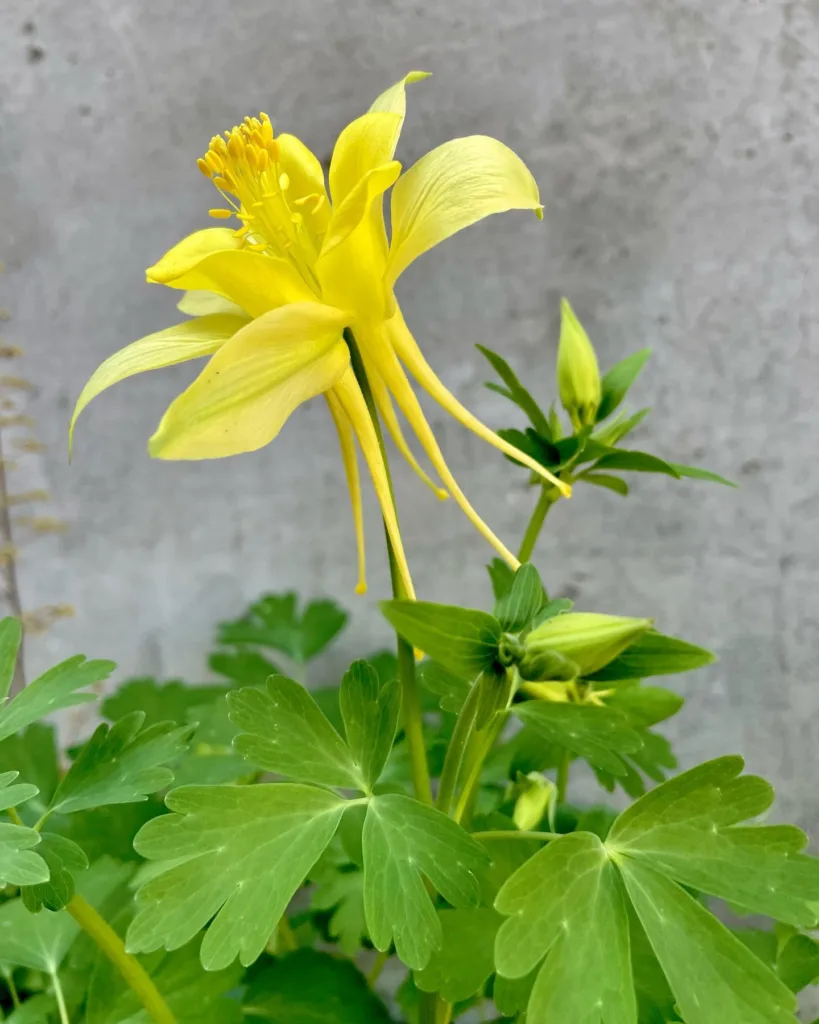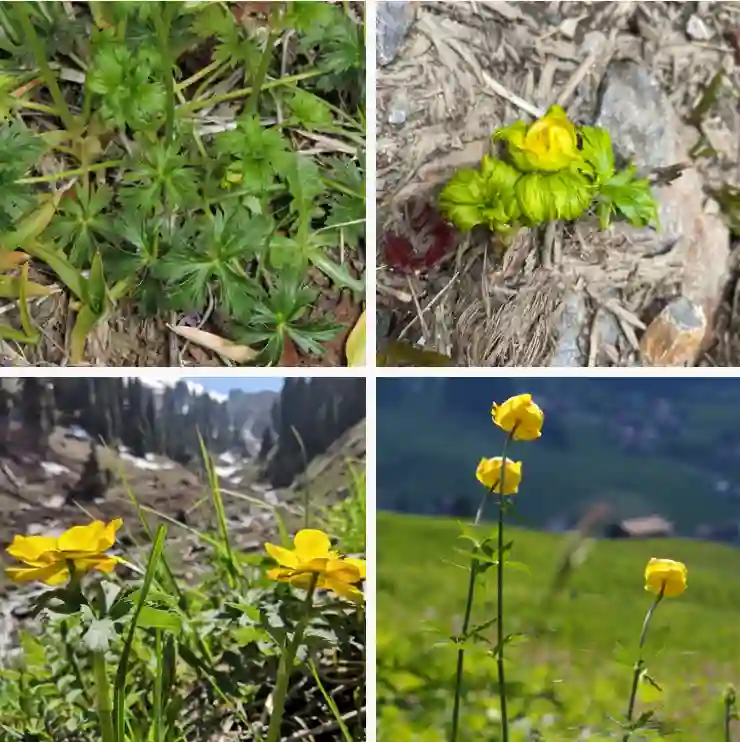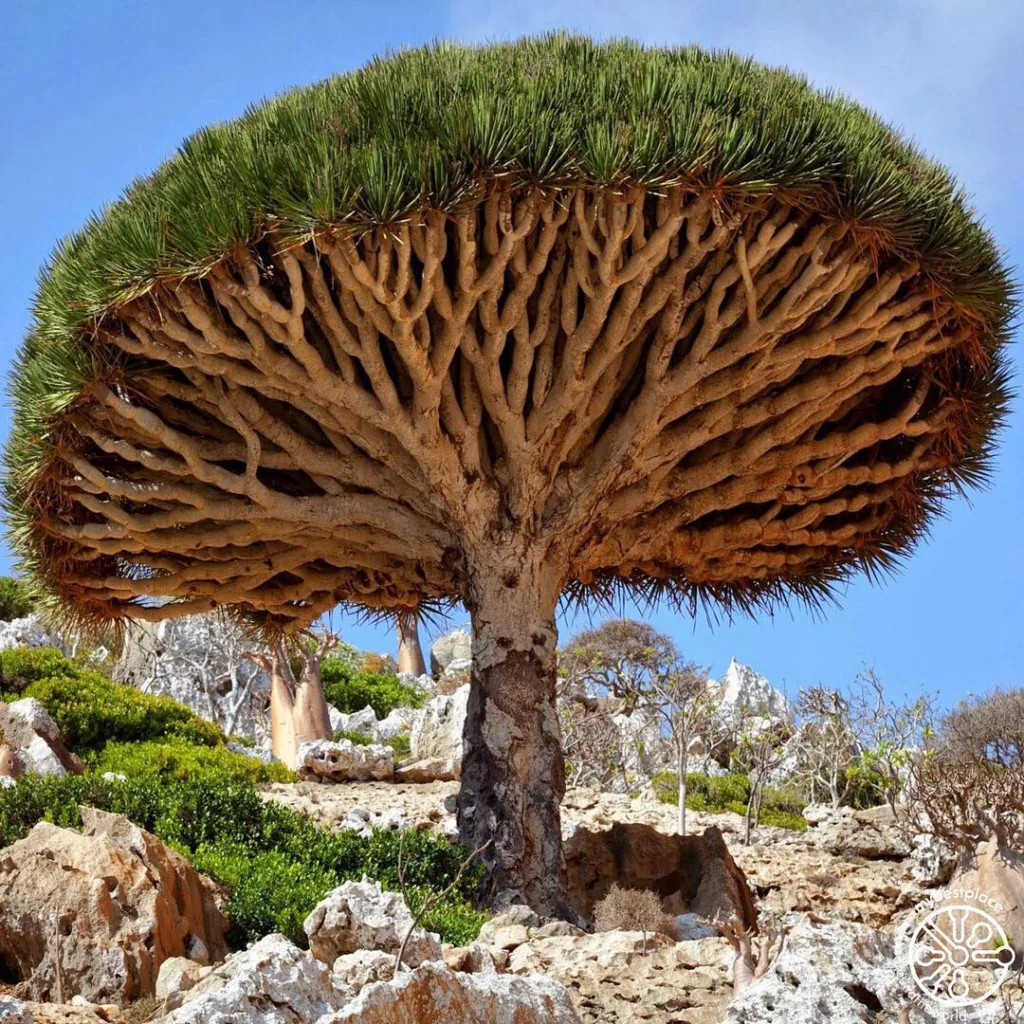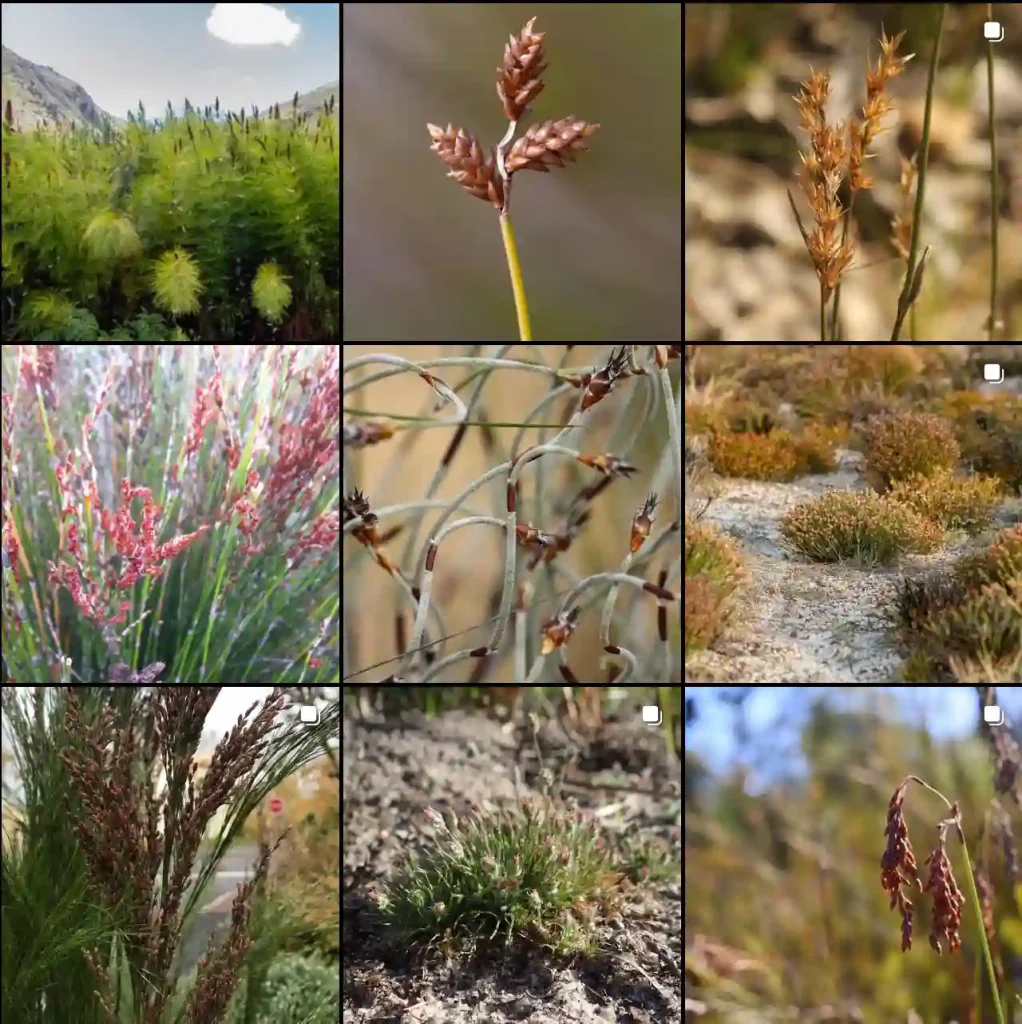
Are Mona Lavender Plectranthus poisonous to dogs?
No, Mona Lavender Plectranthus is not known to be poisonous to dogs. However, it’s always a good idea to prevent pets from chewing on plants to avoid any potential issues.
83 Species in Genus Plectranthus
Does Plectranthus Mona Lavender repel mosquitoes?
There is no substantial evidence to suggest that Plectranthus Mona Lavender specifically repels mosquitoes. Some related Plectranthus species are known for their insect-repellent properties, but Mona Lavender is primarily grown for its ornamental value.
Is Plectranthus Mona Lavender a perennial?
Yes, Plectranthus Mona Lavender is a perennial in USDA hardiness zones 9-11. In cooler climates, it is often grown as an annual or brought indoors during the winter.
Where to buy Plectranthus Mona Lavender?
You can buy Plectranthus Mona Lavender at local nurseries, garden centers, and home improvement stores. Online plant retailers and specialty nurseries also offer this plant for purchase.
Is Plectranthus Mona Lavender poisonous to cats?
No, Plectranthus Mona Lavender is not known to be poisonous to cats. It is generally considered safe for pets, including cats.
Are Mona Lavender Plectranthus deer resistant?
Yes, Mona Lavender Plectranthus is deer resistant. Deer typically avoid this plant due to its aromatic foliage.
Can Mona Lavender Plectranthus be planted in zone 5b?
Mona Lavender Plectranthus can be planted in zone 5b, but it will not survive the winter outdoors. It should be treated as an annual or brought indoors during the colder months.
Can Mona Lavender Plectranthus take central NY weather?
In central New York, Mona Lavender Plectranthus can be grown outdoors during the warmer months but needs to be brought indoors before the first frost. It is not frost-tolerant and cannot survive the cold winter temperatures of central New York.
Do hummingbirds like Plectranthus Mona Lavender?
Yes, hummingbirds are attracted to the flowers of Plectranthus Mona Lavender, which provide a source of nectar.
How to care for potted Mona Lavender Plectranthus?
To care for potted Mona Lavender Plectranthus:
- Place it in a location with bright, indirect light or partial shade.
- Keep the soil consistently moist but not waterlogged. Water when the top inch of soil feels dry.
- Fertilize monthly during the growing season with a balanced, water-soluble fertilizer.
- Prune as needed to maintain shape and encourage bushier growth.
- Protect it from cold drafts if kept indoors.
How to propagate Plectranthus Mona Lavender?
Propagate Plectranthus Mona Lavender by cuttings:
- Take 4-6 inch cuttings from healthy, non-flowering stems.
- Remove the lower leaves and dip the cut end in rooting hormone.
- Plant the cuttings in a well-draining potting mix.
- Keep the soil moist and place the cuttings in bright, indirect light until roots develop.
How to prune Plectranthus Mona Lavender?
Prune Plectranthus Mona Lavender to maintain its shape and encourage bushy growth:
- Remove any dead or damaged stems.
- Pinch back the growing tips to encourage branching.
- Prune after flowering to shape the plant and remove spent blooms.
Is Plectranthus Mona Lavender toxic to humans?
No, Plectranthus Mona Lavender is not known to be toxic to humans. It is generally safe to handle and grow around people.
Where can I buy Mona Lavender Plectranthus?
You can buy Mona Lavender Plectranthus at local nurseries, garden centers, and online retailers like Amazon, eBay, and specialized plant nurseries.
Why isn’t my Plectranthus Mona Lavender flowering?
If your Plectranthus Mona Lavender isn’t flowering, it could be due to several factors:
- Insufficient light: Ensure it receives enough bright, indirect light.
- Over-fertilization: Excessive nitrogen can promote foliage growth at the expense of flowers.
- Improper watering: Consistent moisture is key; avoid letting the soil dry out completely.
- Temperature stress: Extreme temperatures can hinder blooming. Keep it in a stable environment.
- Pruning: Avoid heavy pruning during the flowering period.
If i die, water my plants!



